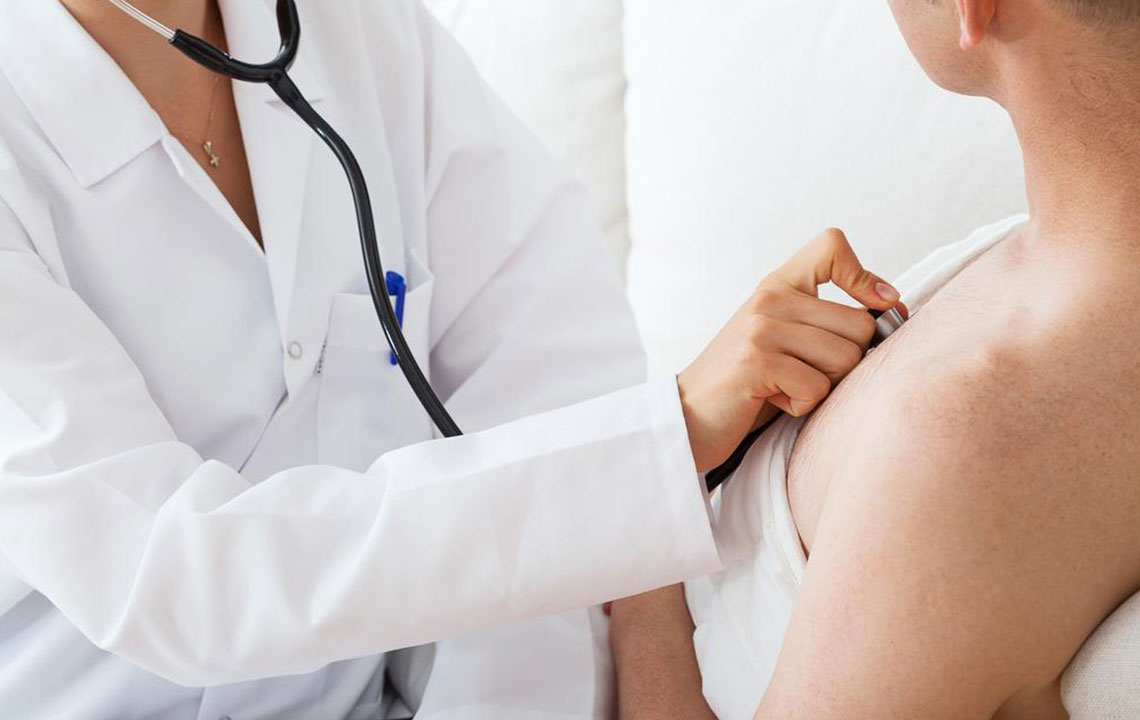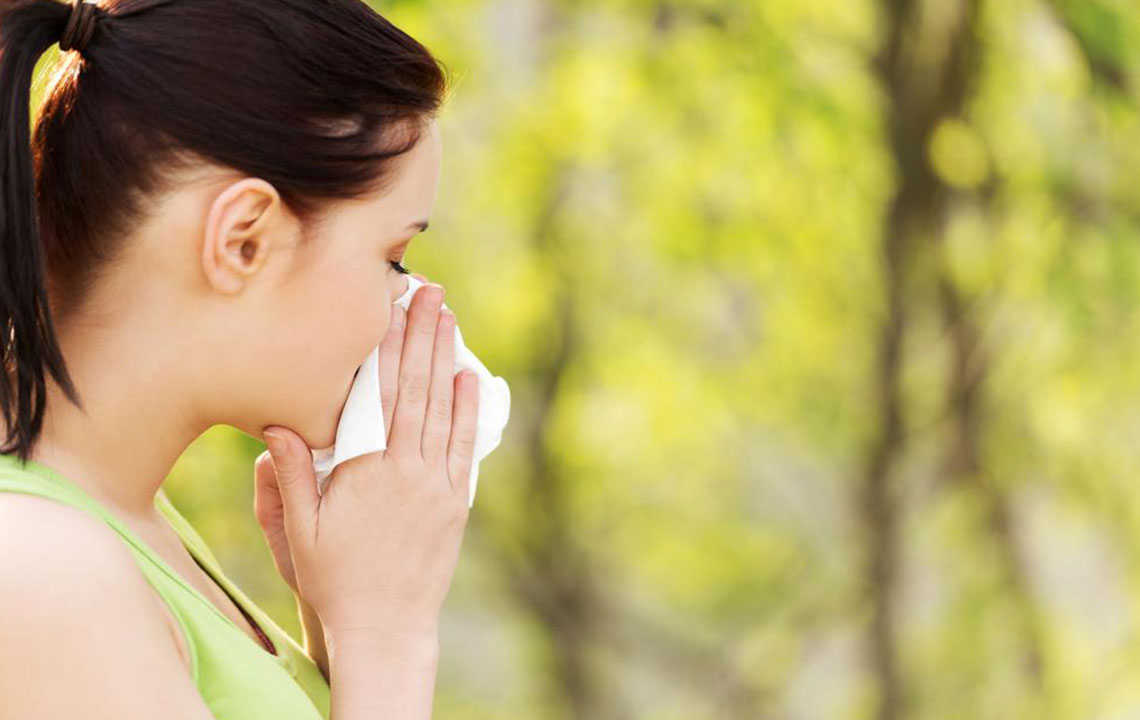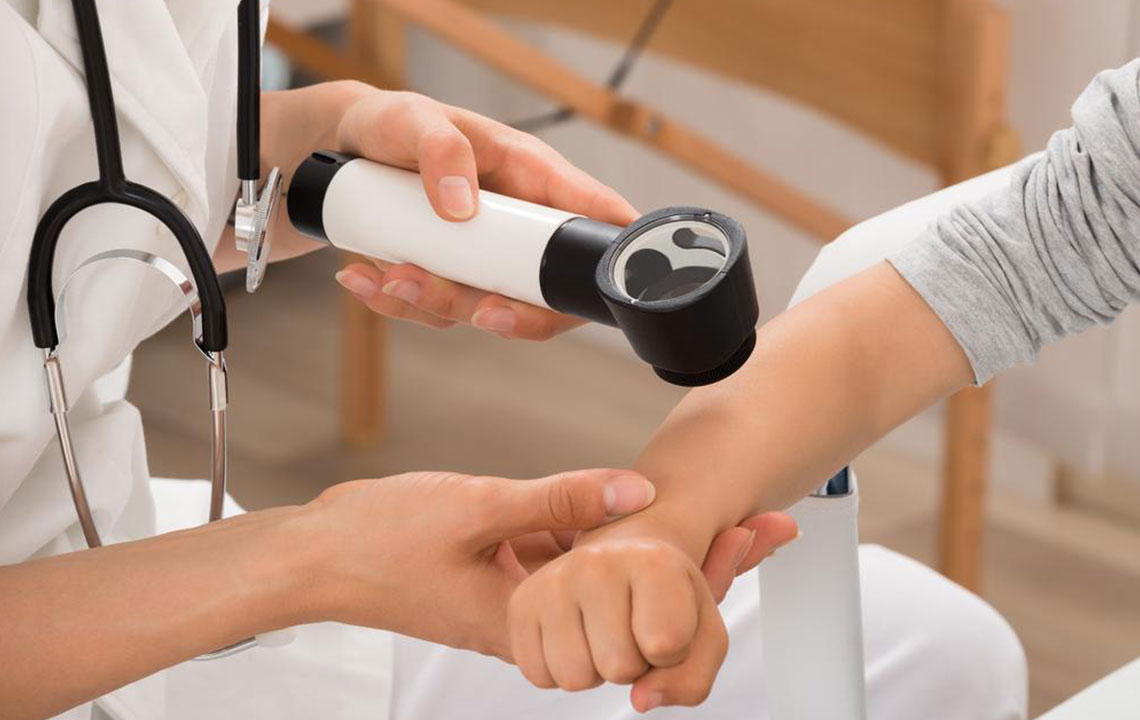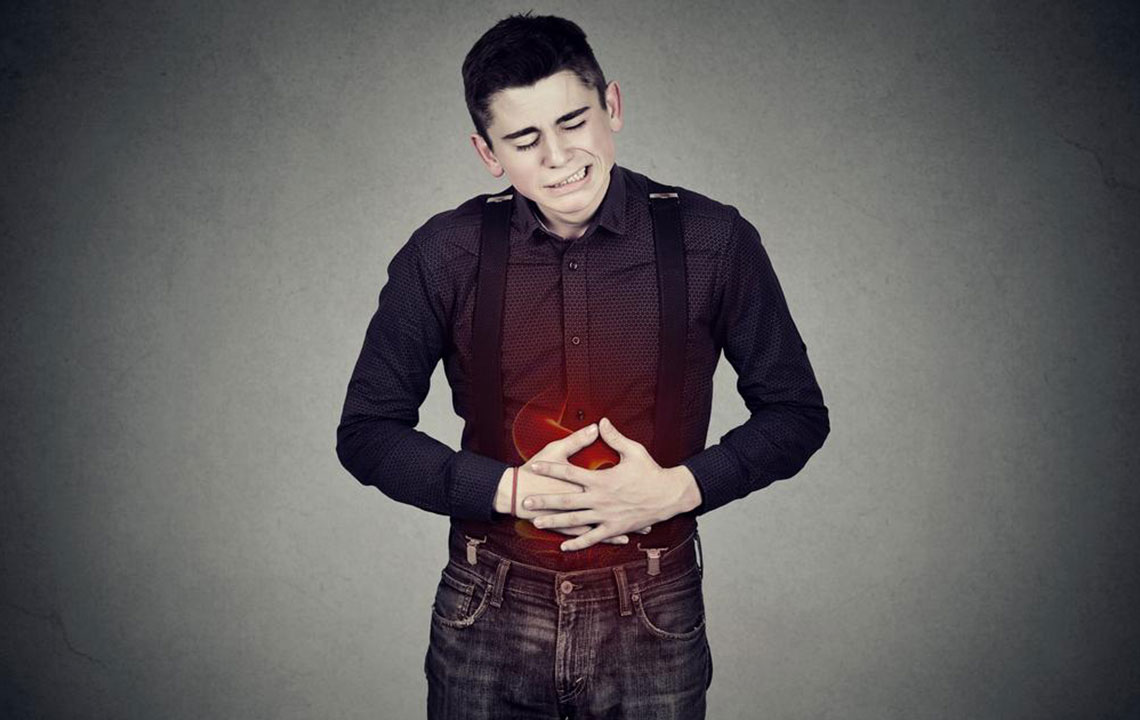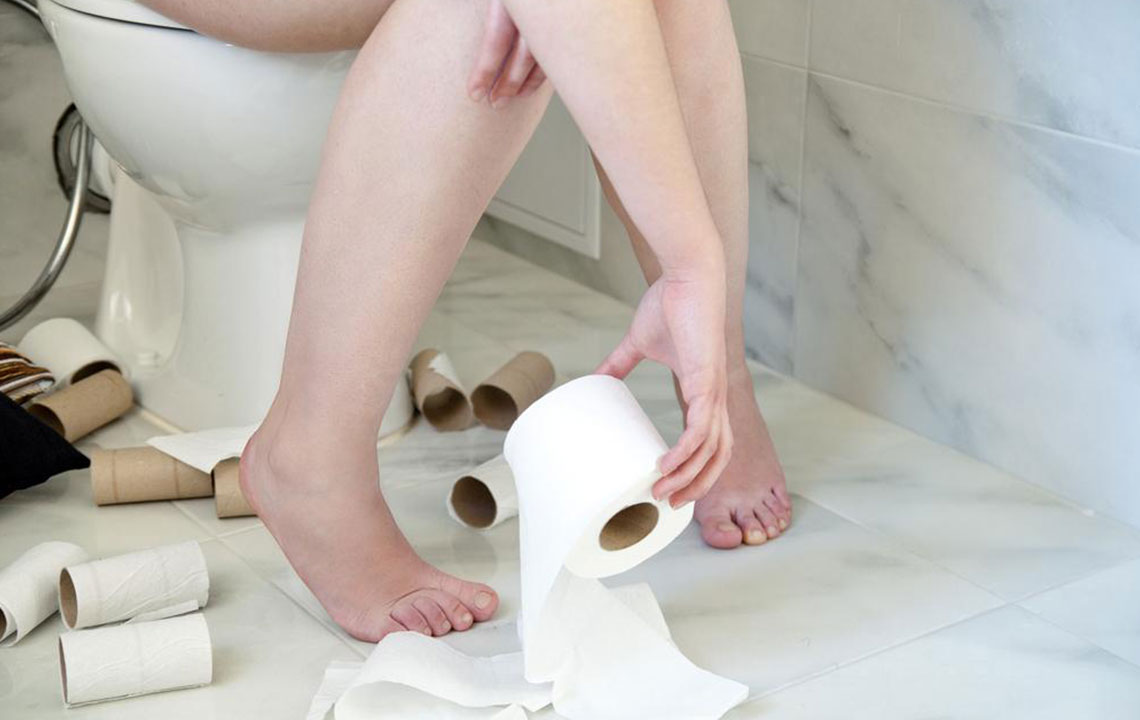
Symptoms
Effective Treatment Options for Bulging Disc
When one or more disc of cartilage present between the intermediate bones of the spine protrudes beyond a certain limit, it is referred to as bulging disc. This condition usually affects the lower back known as the lumbar region. They also happen to occur in the middle region of the spine called as thoracic and neck (cervical) region. The person, in this case, might have to undergo bulging disc treatment. Made up of cartilage, these discs provide flexibility and allow maximum shock absorption against the daily rigors that our body goes through – Walking, bending, lifting and even sitting puts stress on your spine. The stress increases if we overdo any of these physical activities. Although the symptoms of bulging discs are symptom-free initially, the seriousness of the symptom might increase, if the nerve roots in the spinal canal start experiencing the pressure exerted by the bulging disc. This results in pain and inflammation in the particular part of the body whose spinal nerve is getting affected due to the bulge. Bulging disc is a byproduct of an aging spine as it becomes drier and weaker with age. The symptoms of bulging disc depend on the location of the inflamed nerve.
